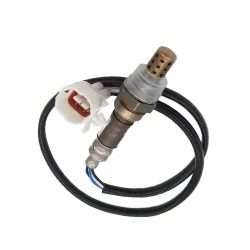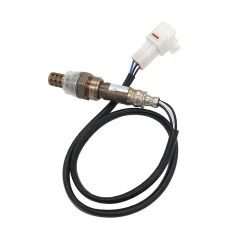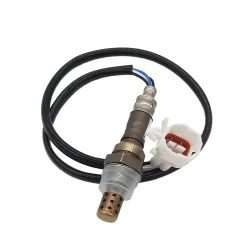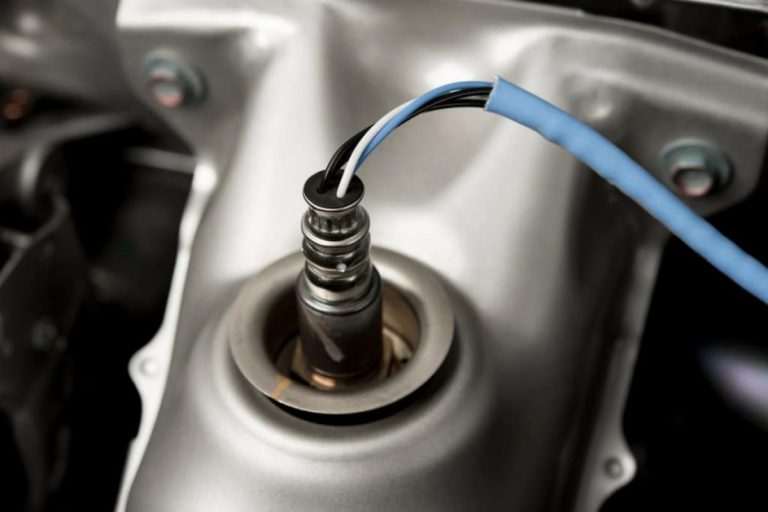Oxygen sensor



What is an oxygen sensor and what are its functions in a car?
Sensors, by examining specific physical stimuli they are in contact with, issue a report of malfunction, defect, or any problem and announce the need for its resolution. The oxygen sensor, also known as the lambda sensor, is recognized in the industry as an electronic component and measures the amount of oxygen present in fuel or gas. The oxygen sensor, which is one of the main sensors of the car, is located at the entrance of the exhaust path and its task is to measure the amount of oxygen present in the car’s exhaust gases or in fact the engine. The oxygen present in these gases actually shows the amount of unburned oxygen in the combustion process. Therefore, a high level of oxygen means incomplete combustion and an inappropriate percentage of fuel-air mixture. In such a way that if there is a report of excessive oxygen in the engine’s exhaust gases, the concentration is high and fuel consumption is more than desired. The oxygen sensor sends its reports as readable signals (voltage change from 1 to 9 volts) to the ECU and in case of excessive oxygen, ECU makes necessary adjustments in the fuel system by changing the injection time. In such a way that if the fuel is thick, it shortens the spray time and if it is thin, it increases this time. Therefore, we can state the duties of the oxygen sensor as follows:
- Impact on reducing fuel consumption.
- Impact on reducing vehicle pollution levels.
- Impact on improving combustion and increasing engine efficiency.
The importance of this sensor is so high that in new engines, 2 oxygen sensors are used. If there is one oxygen sensor in a car, it is installed before the catalyst and if two sensors are used, they are placed before and after the catalyst. The tip of this sensor or sensors, which is inside the exhaust, measures the amount of oxygen present in the exhaust smoke and reports it to the ECU to adjust the amount of fuel injected into the cylinder. In such a way that the low level of oxygen in the exhaust means a high level of fuel and a high level of it means a low level of fuel. It should be noted that today in cars with V-shaped 6 or 8 cylinder engines, 4 oxygen sensors are used in a system called OBD II. Two additional oxygen sensors each installed on one of the cylinder blocks and ECU by examining the information of these two pairs of sensors present in the engine and exhaust catalytic converter, compares them and gets more accurate information. This new system helps to further reduce vehicle pollution levels and its consumption.

Types of oxygen sensors and their structure
Oxygen sensors are produced in two types:
- Single-wire, which was used in older cars and lacks a heater.
- A four-wire socket that has a heater and is highly accurate. This type of sensor is used in new cars due to its higher accuracy. These models themselves are produced in two types, short base and long base, the difference of which is in the type and height of their socket.
The structure of oxygen sensors, however, has a fixed form that includes the following parts:
Ceramic or porcelain body
Platinum electrodes
Zirconium dioxide casing
Heating element
An oxygen sensor works like a generator. In such a way that it generates voltage by heating up sufficiently. In fact, the part of the sensor that is located inside the smoke manifold is the sensor casing, which is made of zirconium ceramic. The end of the sensor shell is also screwed onto the manifold. The electrodes, which are covered with a porous layer of platinum, are located in the ceramic part and under the shell bubble. The outer part of this bubble-shaped section is exposed to hot manifold gases. But the electrodes inside it are located between ambient air and exhaust smoke. In old single-wire oxygen sensors without a heater, a small hole was made in the sensor shell so that air could enter the sensor through it. In new two-wire heaters, a small space is created between the insulation of the electrodes, which is known as a connector. The necessary breathing for air to penetrate into the sensor is done through the connector. With the breathing done, the difference in oxygen percentage present in the exhaust and ambient air is identified and causes voltage to be generated in between the ceramic bubble. The greater the difference in oxygen, the greater the voltage generated by the sensor. The efficiency of heating in these sensors is to provide the initial heat needed to start working and sending voltage by it. Because these sensors need an initial heat to operate. Also, these elements help to prevent oxygen sensor activity from stopping during long engine idle times.
For the import of various types of spare parts, including spare parts for domestic and foreign cars, contact Tata Trading Company. Our connection with various companies around the world enables us to provide you with the best and highest quality spare parts from different brands, bringing you a profitable and easy trade.

